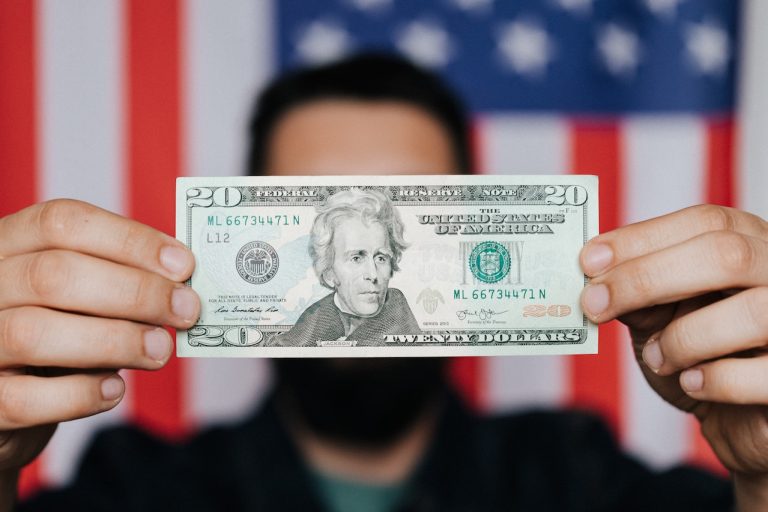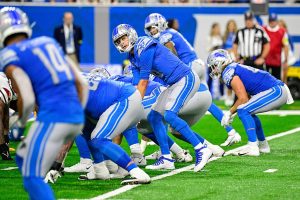With all the recent talk about raising the U.S. government debt ceiling and a possible recession on the horizon, it’s a good time to revisit the issue of why governments get into debt in the first place.
Governments in free-market economies need to be both a borrower and a lender.
A tried-and-true tool for combating an economic downturn is government spending – shoveling money into the economy with tax cuts and infrastructure projects. But as John Maynard Keynes pointed out, money for economic stimulus must be borrowed; if the government raised taxes to generate the extra cash, it would basically negate the stimulus. More importantly, government debt is at the heart of how countries’ central banks manage their economies to encourage steady, stable growth.
When the Fed raises interest rates, like it’s done seven times in the past year, what it’s really doing is adjusting the supply of money in the U.S. economy so that short-term interest rates reach the Fed’s desired level. That’s why the Fed’s benchmark rate is called a “target rate.” It’s a basic supply-and-demand situation: increasing the supply of money tends to decrease the cost of borrowing while decreasing the supply boosts borrowing costs.
Central banks have several tools available to adjust the money supply, but the quickest and easiest (and the Fed’s preferred method) is to buy or sell government debt. The technical term for this is “open-market operations.” Because U.S. government debt in the form of Treasurys is considered a safe and solid investment, commercial banks in the U.S. typically invest their excess cash in them. And the Fed always keeps a huge stash on hand. So if the Fed wants to increase the supply of money and cut interest rates, it offers to buy Treasurys from the commercial banks. The Fed pays the banks instantly with newly created money, which means the banks have more cash to lend out. And if a rate hike is called for, the Fed sells some of its Treasury horde to banks and sucks cash out of the system. This whole process would be impossible if there wasn’t an ample supply of easily traded government debt.
And as for lending, another key role of the Fed is to oversee the U.S. banking system and serve as a “lender of last resort” to a healthy commercial bank that unexpectedly finds itself short of funds. Before the Fed was created in 1913, bank failures were common – even among well-managed lenders. Since most depositors are happy to keep their money sitting in a bank as long as they’re getting paid interest, commercial banks need only keep a small fraction of deposits in their vault (the actual percentage is set by the Fed) and can lend out the rest. But if all of a sudden a healthy bank sees much larger than expected withdrawals, as in a bank run, it’s in big trouble unless it can borrow short-term cash from other banks or, as a last resort, the Fed.
In any case, the debate about the debt ceiling is a bit of a red herring. The money is already approved and allocated, so if Congress decides not to increase the debt limit, it would be equivalent to refusing to pay your credit card bill.







